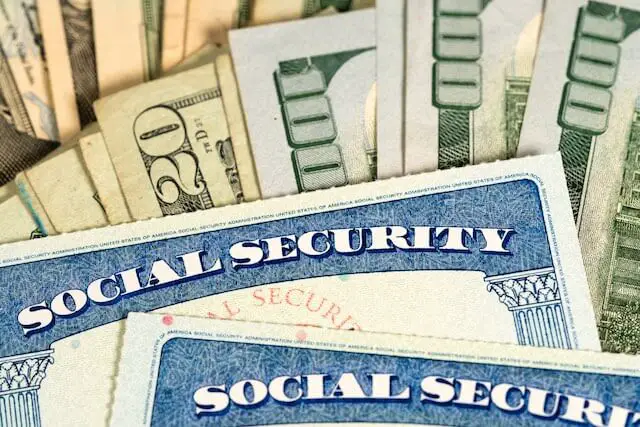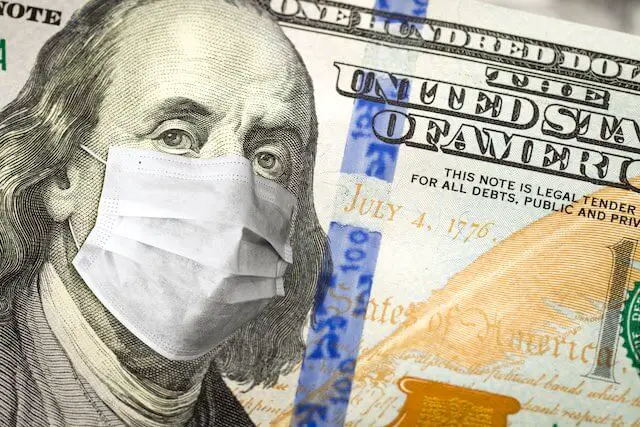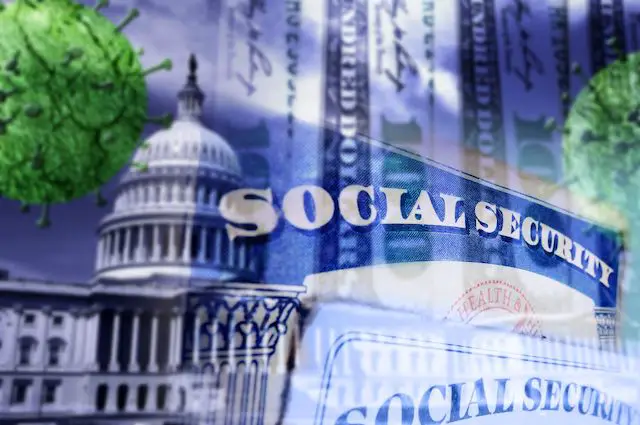If you were born in 1961, you are pretty much screwed. You might be screwed if you married someone born in 1961. Such are the vagaries of Social Security.
By way of background, I wrote an article last March here on FedSmith.com projecting that people born in 1960 would experience significant cuts of their Social Security benefits as a result of COVID. A year later, it is fairly evident that the same phenomenon will unfold on their younger siblings.
That article sparked enough interest in the question to generate research which triggered discussion that formed dominos all the way to Capitol Hill where lawmakers put forward two proposals1. In the end, however, the interest in the topic was sufficient to get policy makers to talk about the problem, but not enough to entice them into agreement on a solution.
It is a year later, and the only change is the number of people who will be affected by the quirk in the benefit formula. At this point, people who were born in 1961 will experience a similar benefit reduction that will last a lifetime because they turn 60 in 2021.
- If you are interested in how this statistic will affect those born in 1960, here is a piece from Forbes: Covid-19 Side Effect: Social Security Retirement Benefits For Boomers Born In 1960 Will Take A Big Hit
The culprit once again is the “Average Wage Index” (AWI), which is an obscure linchpin within the mechanics of Social Security that determines how much you will get taxed and how much you will get paid. As you might guess, that statistic is downwind of the broader economy and the labor markets, so things like the economic fall-out of a pandemic bleed into Social Security from the outside of the program.
- If you are interested in how “average wages” are calculated, see How Are Average Wages Calculated by a contributor to Forbes.
The AWI, unfortunately, is not a sophisticated calculation. It totals up all employment income reported for the year, and divides by all workers who worked at some point during the year. This means that anything that contributes to partial year workers will drive down the AWI – and your benefits if you happen to be turning 60.
Unfortunately, we have no idea what that part-year worker pool will look like until next year. Part of that pool is people who are taking checks because they aren’t working. Part of that pool is workers who took a new job at reduced wages. Part of that pool is people who took reduced hours or pay just to keep their job. Part of that pool will be seniors who were forced to take benefits early, and need to subsidize that income with a part-time job.
Believe it or not, part of that pool is the CEO making millions of dollars who has reduced his base salary to zero in a sign of solidarity with rank and file workers. As a group, people earning wages above the cap account for slightly more than 5% of earners in the index, but make up nearly 30% of the weight in the final AWI. So, believe it or not, these top wage-earners are a driver of the AWI – see data.
According to the Social Security Administration, something similar occurred in 2011: when the AWI dropped 1.51% causing benefits to drop by roughly $500 per year for average workers born in 1949, when you include the expected increase in the wage index (.7% in 2009). (See my comment in the comments at the end of the article for more information)
Understand that a decline in AWI has occurred once since 1951. In every subsequent year, the AWI has set a new record high. At this point, the SSA believes that average wages will fall about 4% in 2020, and GDP a slightly higher amount before the economic recovery carries the AWI back into record territory.
As you might guess, I have my doubts. According to the Washington Post, we can’t even figure out the number of people who are unemployed. At 13 weeks into 2021, there are nearly 13 million checks being mailed under the Pandemic relief program. We can say that the federal government is continuing that program. If these people return to work in 2021, they will drive down the AWI.
In my mind, GDP will fall less than payroll taxes which will fall less than average wages. GDP is supported by stimulus which will prop-up GDP; payroll taxes have some support but much less because people do not pay payroll taxes on unemployment checks; average wages will see the largest declines because the dominate block of wages falls above the range of payroll taxes. It is just a theory.
The bottom line for people who are born in 1960 and 1961 is you have no idea what sum you will collect from Social Security when you retire and you will not until Congress acts. This issue isn’t relatively small, and tends to magnify the benefits cuts which were enacted in 1983 on these cohorts.
While it may sound appealing to lawmakers, doing nothing really isn’t an option.
- Rep. Larson (D) “Social Security COVID-19 Correction and Equity Act” and Senators Bill Cassidy, M.D. (R-LA) and Tim Kaine (D-VA) “Protecting Benefits for Retirees Act”





